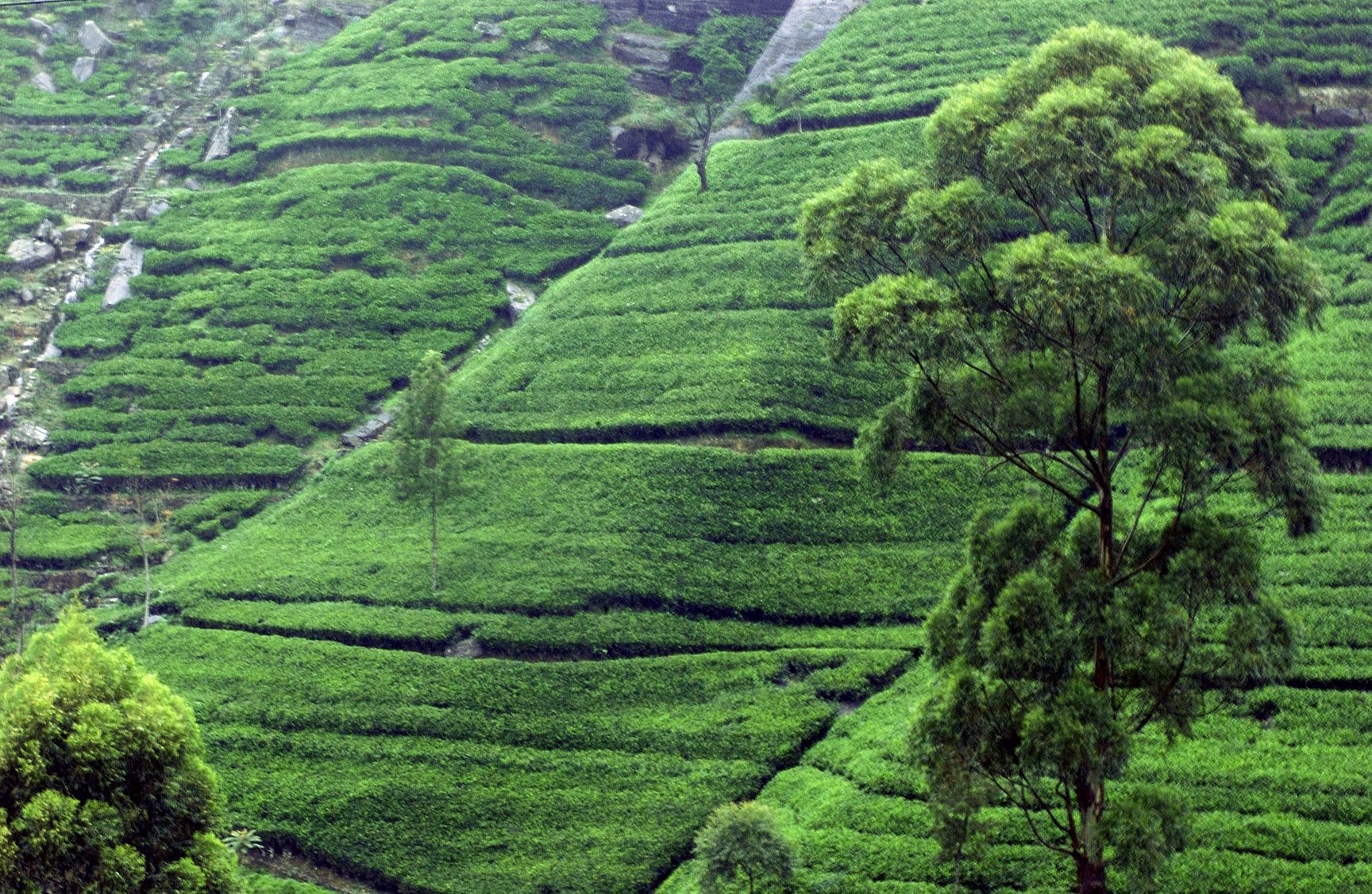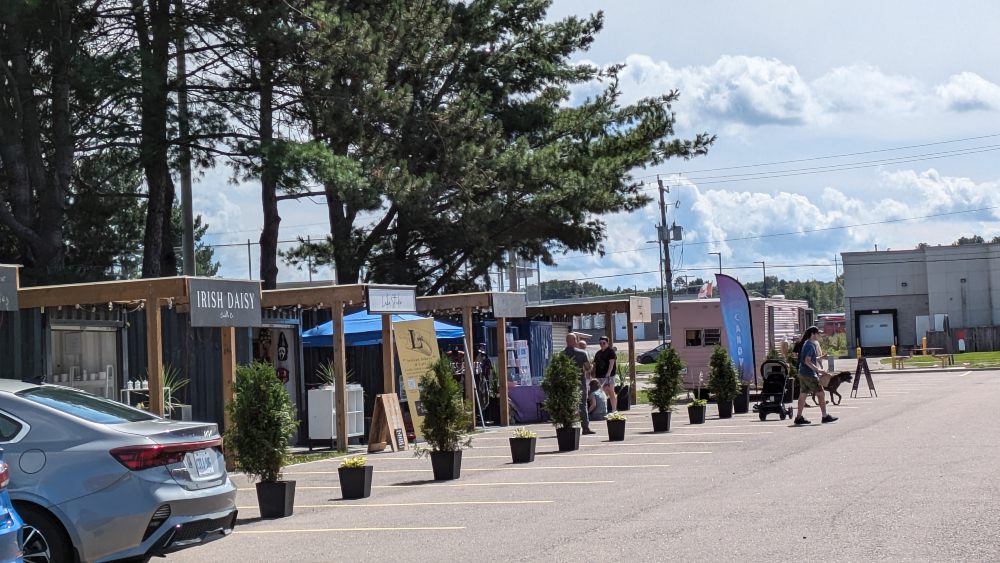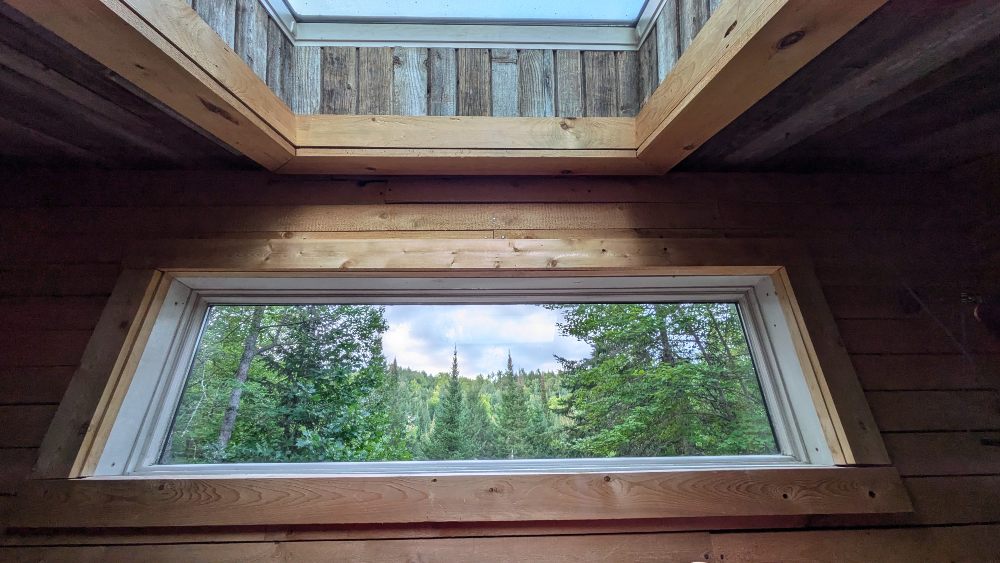
Regions of the World of Tea – Sri Lanka
In this most recent instalment of the Academy of Tea, we’re looking at regions of the world and their role in the history, production and current tea industry. This week we looked at tea from Sri Lanka. Below is a brief summary of Sri Lanka, it’s role in the history of tea, production of tea, it’s contributions to the world of tea and where it is currently in the tea industry today.

History
6BC
Sri Lanka was first occupied in 6BC by the Sinhalese who named Sri Lanka Sinhaladwipa, “island of the Sinhalese” which turned into Ceylon by the English. It was dominated by Buddhist Sinhalese until Hindu Tamils came. It was renamed Sri Lanka, “Beautiful Island” in 1972. There was a conflict between Buddhist Sinhalese and Hindu Tamils, both groups emigrated to Sri Lanka from India.
12th century
In the 12th century the Tamil rules established a presence in Kandy, northern part of Sinhalese, moved to the southern part.
1505
Portugal colonized the island first as a friendly trade agreement and then second as full control of the island except for Kandy. The kinds of Kandy asked for help from the Dutch against the Portuguese not realizing they were trading one European control for another.
1658
The Netherlands, Dutch East India Company, took control of all regions except for Kandy.
1769
The British replaced the Dutch as the colonial power of Ceylon and renamed it Ceylon, officially.
1802
Ceylon became a British crown colony.
1815
The British gained control of the entire island including Kandy.
1948
Ceylon became a self-governing dominion of the British Commonwealth.
Coffee was the dominant crops until the 1860s. Hemilei Vostatrix, coffee rust, hit and killed all the coffee crops. This is when Ceylon switched the producing tea. In 1839 tea was first introduced near Kandy from cuttings from Assam brought over by the East India Company.
Geography
Sri Lanka is along the southern coast of India in the Indian Ocean. The area of Sri Lanka is 65610. The winter monsoons are from December to march and come for the northeast; the summer monsoons are from June to October and come from the southwest. Monsoons result in lush vegetation, in the southern half of the island. The average low temperature is 16C in the high elevations; average high of 29C in the northeast coast; the average temperature overall is 26C -28C. January is the coolest month. May is the hottest month, just before summer monsoon rains. The rainfall is influenced by monsoon winds from the Indian Ocean. The wet zones include the mountains; southwest part of the island resulting in an average rainfall of 2500mm. The dry zones include the southeast; north and east which receive anywhere from 1200-1900mm of rainfall annually.
Tea Industry
James Taylor
In 1867 James Taylor planted 7 hectares of tea in Kandy (Loolecondera Estate). He experimented with different methods of processing. In 1872 a fully equipped tea factory was established. In 1875 the first shipment of Ceylon tea was sent to London auction.
Sir Thomas Lipton
Sir Thomas Lipton entered the Ceylon tea business in 1888. He made deals with James Taylor. He was a genius at marketing which in turn grew the industry and eventually established the Lipton tea brand. He coined the phrase “orange pekoe” to describe Ceylonese tea.
Sri Lanka is the 4th largest tea producing industry in the world. It accounts for 6.5% of the global tea production. They are a leading exporter with 17% of global exports. 190 000 hectares of land, cultivated with tea can be found in Sri Lanka. There are 7 major tea producing regions in Sri Lanka:
Tea producing regions of Sri Lanka
- Kandy
- Dimbula
- Nuwara Eliya
- Uda Pussalolawa
- Uva
- Rahuna
- Sabaragamuwa
Kandy is a central province of Sri Lanka with an elevation of 600-1200m. It produces “mid country” teas. The tea from this region is bright, coppery, full bodied and strong.
Dimbula is south of Kandy. The elevation is 1000-1500m and consists of many mountain ranges. The southwest monsoon rains have a great impact on the tea produced in this region. The higher elevations result in slow growing and small leaved teas with flavours that are full bodied, light, delicate and fragrant.
Nuwara Eliya is the best known tea region in Sri Lanka. Its elevation is 1900m and so cooler than Kandy and Dimbula. There is moderate rainfall in this region except during the dry season. As a result, the tea is slow growing but has a light golden liquor and fragrant bouquet. Teas from this region are referred to as the “champagne” of Sri Lankan teas.
Uva Pussallawa is between Kandy and Uva. The elevation of this region is 13500-1700m. The northeastern monsoons produce “western season” teas while the dryer season produces a better quality ‘eastern season” tea. The eastern season, June – September, is the peak picking season for tea. The teas from this region have a medium body with a subtle character.
Uva has an elevation of 900-1500m. It is along the eastern slopes of the central mountains. July-September is the best quality picking season. Green teas are produced in this region. The teas from this region have a mellow, smooth taste, with a darker leaf and are commonly used in blending.
Ruhuna, Galle, has an elevation of 0-600m. Located along the coast giving a warmer climate and more fertile soil. The lower elevation produces low, fast growing crops which give rise to a strong cup of tea. There is a blackness in the leaves which give this strength of the cup of tea.
Sabaragamuwa has an elevation of 0-750m. This is an important region because the demand for Sri Lankan tea has increased in places like the Russia and Middle East. Again, the lower elevations gives a faster growing crops and stronger cup of tea. The teas from this region are strong, sweet and caramel-like in aroma.
References:
- Tea 102, Academy of Tea, URL: https://academyoftea.org/tea102/
- History of Sri Lanka, Lonely Planet, URL: https://www.lonelyplanet.com/sri-lanka/history
- Sri Lanka: History, The Commonwealth, URL: http://thecommonwealth.org/our-member-countries/sri-lanka/history
- The History of Ceylon Tea, URL: http://www.historyofceylontea.com/
- Sri Lanka Geography, worldatals, URL: https://www.worldatlas.com/webimage/countrys/asia/srilanka/lkland.htm
- Sri Lanka, Updated: Oct. 21, 2017, ratetea.com, URL: https://ratetea.com/region/sri-lanka/3/
- Everyone will love this hazelnut spread stuffed cookies recipe - November 18, 2024
- The Greely Good Market is a Modern Outdoor Market - September 3, 2024
- Our Quick Visit to the Petawawa Container Market - September 3, 2024







